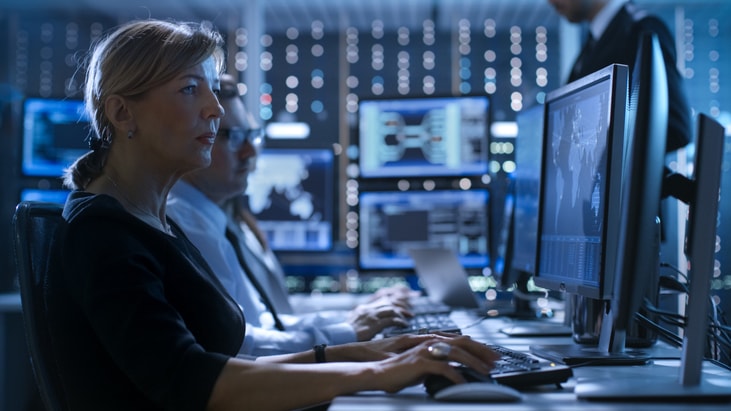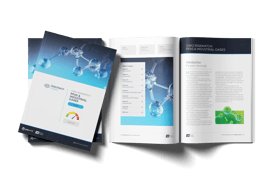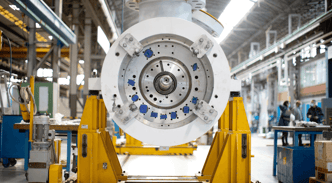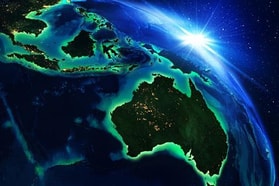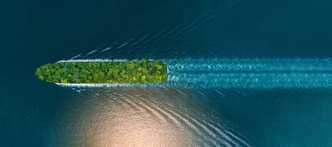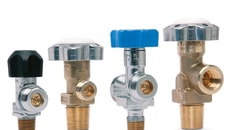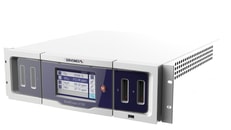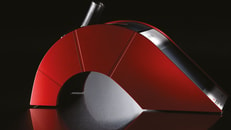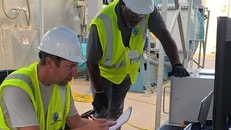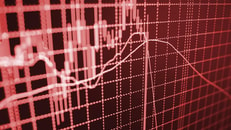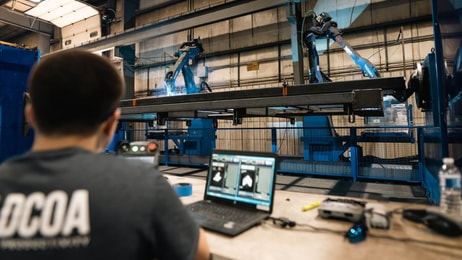Digitisation of gas detection: Enabling remote monitoring safety
Industrial, medical, and food-grade gases touch our lives in many ways. Carbon dioxide (CO2) cylinders are ubiquitous – we use them under our sink to carbonate tap water, they are present in fast-food restaurant chains for soft drinks dispense and there will inevitably be a few cylinders in the cellar of your favourite sports bar or pub to put bubbles in your beer.
Food or beverage-grade carbon dioxide is produced to be safe for human consumption. But, if one of those gas cylinders should develop a leak, or the gas supply hose were to rupture there would be an excess of carbon dioxide gas released into an indoor space. Carbon dioxide in high concentrations is not safe to breathe – so we must permanently monitor for gas leaks to ensure the safety of the staff and public. Gas detection close to where the gas is being used is the answer.
Medical oxygen is also stored in bulk tanks as a cryogenic liquid at just about every hospital. Oxygen also presents hazards which must be monitored. Too much oxygen in the air causes a combustion hazard and a leak of oxygen is a warning that the gas storage installation requires maintenance.
... to continue reading you must be subscribed

